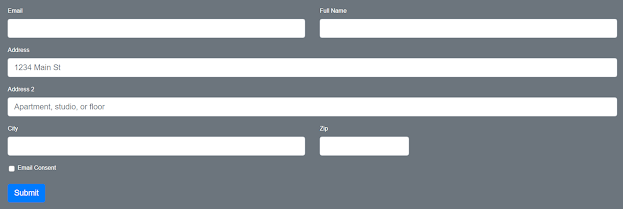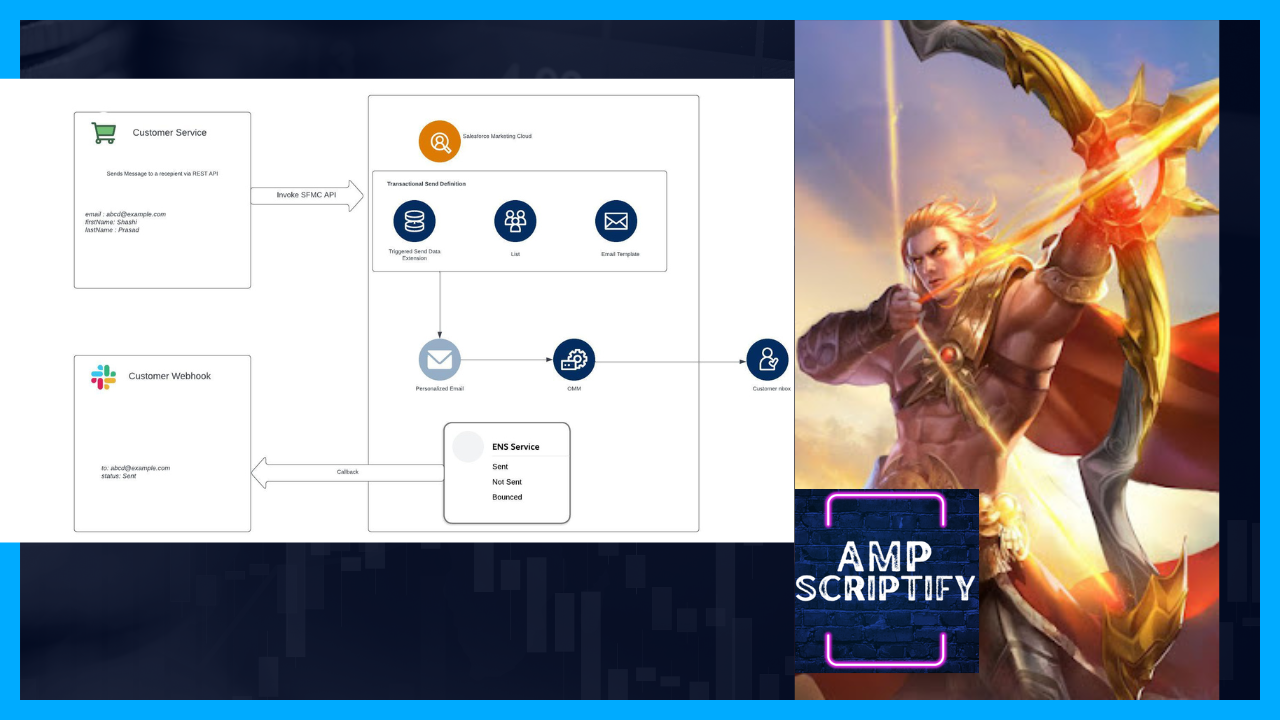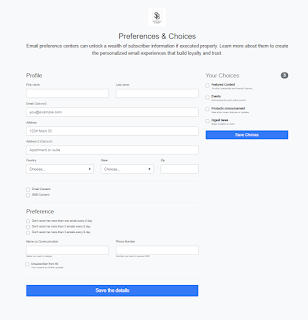Logging - Significance & Importance
It is important because data views are system defined data extensions and you can't add extra information like campaign name , exposure and offers.
How to configure SENG LOG for Marketing Cloud ?
https://help.salesforce.com/s/articleView?id=000333925&type=1
https://help.salesforce.com/s/articleView?id=sf.mc_es_send_logging.htm&type=5
https://help.salesforce.com/s/articleView?id=sf.mc_es_send_logging_best_practices.htm&type=5
How to log custom attributes that we created in our send log?
If your AMPScript variable matches with the attribute name of the Send Log or matches with the Personalization string, its get recorded into your Send Log automatically, if it doesn't match create a content block , WRITE AMPSCRIPT BLOCK AND ASSIGN AMPSCRIPT VARIABLE TO THE EMAIL PERSONALIZATION STRINGS and call the content block into an email.
How to analyze, if email were sent or not and if email were not sent what was the reason it was not sent?
solution 1 :
Join _JourneyActivity with _sent data views (JourneyActivityObjectID corresponds to TriggererSendDefinitionObjectID in the _Sent, _Open, _Click, and _Bounce, data views)
Solution 2 (Defining data flow model ) :
step 1 : Enable send log and add custom attribute (Campaign)
step 2 : Add Campaign in AdditionalEmailAttribute1
step 3 : include Ampscript %%[set @Campaign= _AdditionalEmailAttribute1]%% in your email
step 4 : Perform send via journey or Automation or Guided send
step 5 : Write a query joining SendLog with Target Data extension filter with Campaign
CUSTOMERS WHO RECIEVED EMAIL FOR A CAMPAIGN
CUSTOMERS BOUNCED FROM CAMPAIGN SEND
CUSTOMERS UNSUBSCRIBED FROM CAMPAIGN
COUTN NO. OF EMAILS SEND PER SECOND
select top 20000 count(SubscriberKey), convert(varchar, EventDate, 20) as EventDate,JobID,utm_campaign
from Send_Log
where datediff(d,EventDate,getdate())=11
and utm_campaign='CAMPAIGN1'
group by EventDate,JobID,utm_campaign
Order by EventDate desc








Comments
Post a Comment